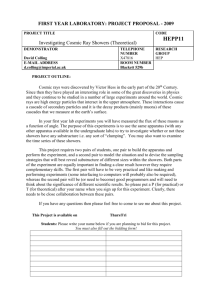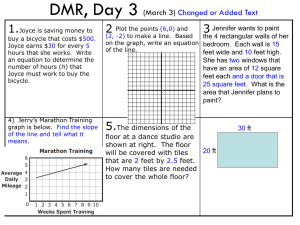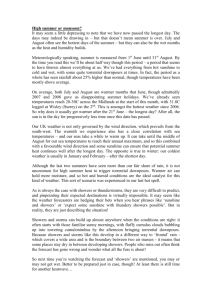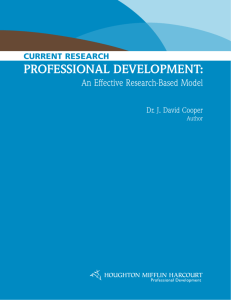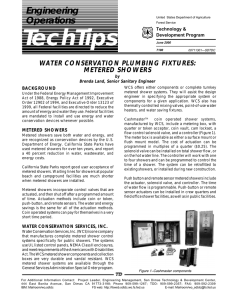Joyce and Showers
advertisement
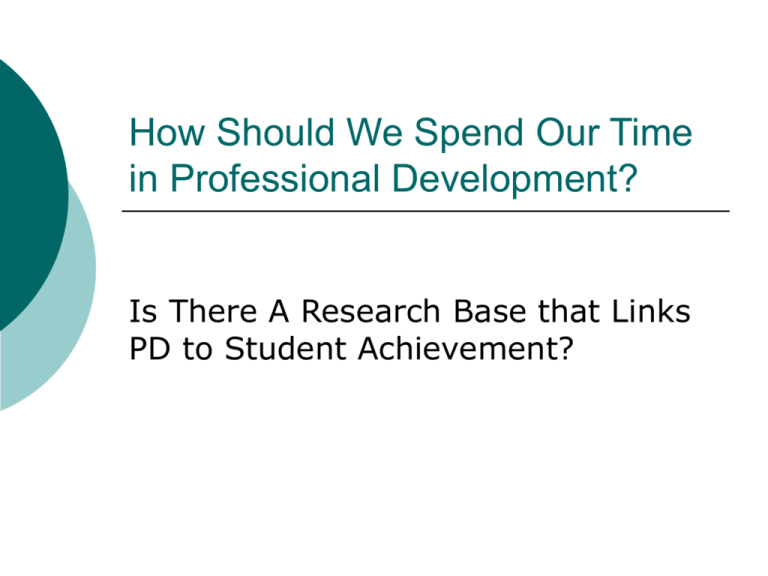
How Should We Spend Our Time
in Professional Development?
Is There A Research Base that Links
PD to Student Achievement?
Why We Have Staff Development
Protocol? Do We Need it?
1986 – Guskey: Virtually every major work on the
enhancement function of staff development
emphasized its lack of effectiveness.
1988 – Smylie could find few attempts to evaluate
professional development through changes in
student performance.
1998 – Middle Grades Initiative of NSDC: >90%
of 450 projects did not attempt a measure of
student achievement (Killion)
1999 – Loucks-Horsely and Matsumoto said we
typically measure some aspect of teacher
engagement
2002 – Birman & Porter: Millions spent on
“Eisenhower” unconnected to student gains
Student Achievement Through
Staff Development
Joyce, B. & Showers, B. (3rd ed., 2002)
Alexandria, VA: Association for Supervision
and Curriculum Development
What Would Have to Happen to Make
Impact on Student Achievement?
Community of professionals studies
together, puts into practice, shares results
Content has high probability of affecting
student learning AND ability to learn
Magnitude of change is “palpable”.
Change what is taught, how it is taught,
and climate ENOUGH to show in student
performance
Process enables educators to develop the
skill needed for implementation
Points to Ponder
Good innovation to replace a good practice: little
or no effect.
Must change student behavior to a considerable
degree
Example: Just Read among avid readers…
Example: Students rarely write. Initiative that
requires more student writing and has teachers
studying the teaching of writing at the same time
will have more impact than either measure alone.
Must have continuous diagnostic study of student
performance (Enables progressive modification
and feedback that assists students in knowing
when they progress)
Effect Size
To tell what good a treatment did,
compute changes in units of
standard deviation compared to a
control.
People think we don’t look.
Someone had a big presentation
pushing a summer camp for kids
and PD for teachers. The effect size
was 0.5 or less (down to zero with
some populations).
Joyce and Showers found successful
programs (with higher student
achievement) all had
Educators studying curriculum and
instruction
Extensive ongoing staff development
Goals set for student learning
Formal study of implementation
Formative and summative measures of
progress toward goals
What Programs Produced a Suitable
Effect Size?
Just Read in Panama among DoDDS
Meeting of parents, teachers, principals uncovered
disagreement on the amount of books read by students
Task force gathered information: lit search, then reading
logs for 14 weeks. Average fifth grade male read 4 books
per year, based on the number read in 14 weeks. Settled
on Just Read.
Aggressive campaign: parents and teachers, newsletters,
T-shirts, book clubs, trading fairs, writing projects,
celebrations, statistical charts, etc. Effect size 2.0 on
CTBS comparing to similar students at another school. Fifth
grade mean from 48 to 66. This was about changing
culture.
Other effects: Nonreading was reduced from 11.4% to 3
%.
Effective with native English and native Spanish speakers.
Other Successful Programs Cited
Second Chance/Read to Succeed, a
safety-net literacy initiative for upper
elementary, middle and high school
students with literacy problems.
Success for All, to improve reading
achievement in low-achieving inner city,
but Gus said it did not work in Miami
River City SIP, district-wide staff
development directed at low-achieving
students
University City, improvement of reading
and writing in a high-achieving district
Schenley School Project, outstanding
teachers provide extensive support to the
rest of faculty
Schenley School Project, Pittsburgh
Why did Alabama fire all the staff at 4
perpetually low-performing high schools?
Possibly influenced by Schenley
Other district teachers rotated into the
low SES, low performing school.
Immediate rise in achievement
Students scoring at or above the national
average on std. tests rose from 13 to
41% in biology; from 21 to 63 % in
physical science; rose in 8/9 areas.
Of possible interest to some:
Calderon (1994) – Successfully involved
large groups of teachers in the
improvement of bilingual teaching in El
Paso. (Staff development model)
What did not work repeatedly: projects
unrelated to curriculum (scheduling
changes, parent involvement initiatives,
discipline codes, etc.)
What Else Has Not Changed the
Achievement Picture
Title I
ESE
McGill-Franzen, A. & Goatley, V.
(2001). In S. Neuman & D.
Dickinson (Eds.), Handbook of early
literacy research (pp. 471-484).
New York: Guilford Press.
Another Thumb Down
Joyce and Showers studied a large
California school district where 2/3
of students were in pull-out
programs (removed from regular
classroom to receive special
attention for something).
“Cure rate” was almost zero.
What Models of Teaching Are Tied to
Higher student achievement?
Mnemonics (link-words, pictured
action, acoustics) {1.91, 1.5,1.3}
Scientific Inquiry (Joyce and
Showers list this, but the effect
sizes are very low for information
achievement {.27 for high school;
.10 for elementary?})
Cooperative learning (.48-1.0 on
criterion referenced)
District Level Staff Development (J & S
opinions)
If a district has a dozen initiatives,
none will be systematically
supported enough to make a
difference.
We should pick 1 or 2, through
careful study
Coaching
Positive data from Showers and her
colleagues (several studies)
All about retention by teachers, degree of
explication to students, cognition of
purposes of new strategies (no data on
student achievement associated with this)
Define coaching: The one teaching is the
coach. Watchers want to learn from
colleague’s efforts with the innovation.
Aside?
Huffman, Thomas, & Lawrenz
(2003) found no link between
mentoring, coaching, or classroom
observations and student
achievement in mathematics and
sciences (big meta-analysis).
Comparing SD at high- and lowachieving schools
Harkreader and Weathersby (1998)
Similar pools of professional development
offerings and providers
Teachers at schools with consistently high state
assessment scores exhibited a higher degree of
implementation of training strategies
Principals at the high-performing schools also
provided more support for staff development
initiatives
Teacher motivation for training in those schools
generally more directed toward being part of a
group solution than toward earning stipends or
certification credit
Juxtaposing: Thomas Kuhn and Image
Processing
Do we really have scientific progress as
the “scientific method”and Strand H
suggest? Or do we merely replace a
paradigm every so often with another
one?
Same offerings, same providers, different
outcomes means….?
Possibility: Kids have rejected the
recitation paradigm. Sometimes teachers
replace the paradigm with something
else, and sometimes they just take staff
development and “Revert to Saved.”

